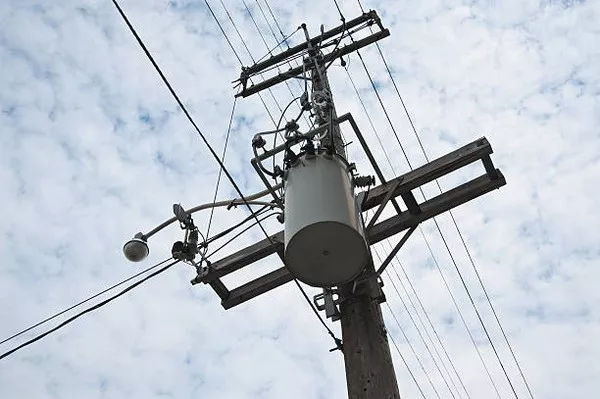Transformers play a vital role in electrical systems, facilitating the efficient transmission and distribution of electrical energy. However, faults can occur, and one common issue is a shorted secondary winding. This article delves into the causes, effects, and remedies associated with a shorted transformer secondary.
Understanding Transformers:
Before delving into the implications of a shorted secondary winding, it’s crucial to understand the basic functioning of transformers. A transformer comprises primary and secondary windings wound around a core. When an alternating current (AC) flows through the primary winding, it induces a magnetic field in the core, which in turn induces a voltage in the secondary winding.
Causes of Shorted Transformer Secondary:
Several factors can lead to a shorted secondary winding in a transformer:
Insulation Failure: Over time, the insulation on the secondary winding can degrade due to various factors such as heat, moisture, mechanical stress, or chemical exposure. This degradation can lead to a breakdown of insulation, causing a short circuit.
Overloading: Excessive current flowing through the secondary winding beyond its rated capacity can generate excessive heat, potentially damaging the insulation and leading to a short circuit.
Physical Damage: External factors such as mechanical impact or environmental conditions like flooding or extreme temperatures can physically damage the transformer, including its secondary winding, resulting in a short circuit.
Effects of a Shorted Transformer Secondary:
The consequences of a shorted secondary winding can be significant and may include:
Electrical Failure: A short circuit in the secondary winding disrupts the flow of electricity, leading to a loss of power distribution downstream. This can result in downtime for electrical equipment and systems reliant on the affected transformer.
Thermal Damage: The excessive current caused by a shorted secondary winding generates heat, which can further damage the transformer and surrounding components. In extreme cases, this heat can pose a fire hazard, endangering personnel and property.
Voltage Instability: A shorted secondary winding can cause voltage fluctuations in the electrical system, affecting the performance and longevity of connected devices and machinery. Voltage spikes or drops can lead to malfunctions, data loss, or even equipment damage.
System Overload: In some cases, a shorted secondary winding may cause an overload on the primary side of the transformer as it tries to compensate for the fault. This overload can cascade through the electrical system, potentially causing widespread outages and damage.
Remedies for a Shorted Transformer Secondary:
Addressing a shorted transformer secondary requires careful diagnosis and appropriate remedial actions:
Isolation and Inspection: The first step is to isolate the affected transformer from the electrical system to prevent further damage or safety hazards. Once isolated, a thorough inspection of the transformer, including the secondary winding, should be conducted to identify the extent of the damage and the underlying cause of the fault.
Repair or Replacement: Depending on the severity of the damage and the condition of the transformer, repair or replacement may be necessary. Minor faults such as insulation damage may be repairable by replacing the affected winding or repairing the insulation. However, extensive damage or aging may warrant the replacement of the entire transformer.
Upgrading Protection Measures: To prevent future occurrences of shorted secondary windings, upgrading protection measures such as overcurrent protection devices, temperature monitoring systems, and insulation resistance testing can enhance the resilience of transformers against faults.
Regular Maintenance: Implementing a proactive maintenance schedule for transformers can help detect and mitigate potential issues before they escalate into serious faults. Regular inspections, testing, and preventive maintenance measures can prolong the lifespan and reliability of transformers.
Conclusion:
A shorted secondary winding in a transformer can have significant implications for electrical systems, ranging from power outages to equipment damage and safety hazards. Understanding the causes, effects, and remedies associated with this fault is essential for maintaining the reliability and safety of electrical infrastructure. By implementing appropriate protection measures, conducting regular maintenance, and promptly addressing faults, operators can mitigate the risks associated with shorted transformer secondary windings and ensure the uninterrupted supply of electrical power.

